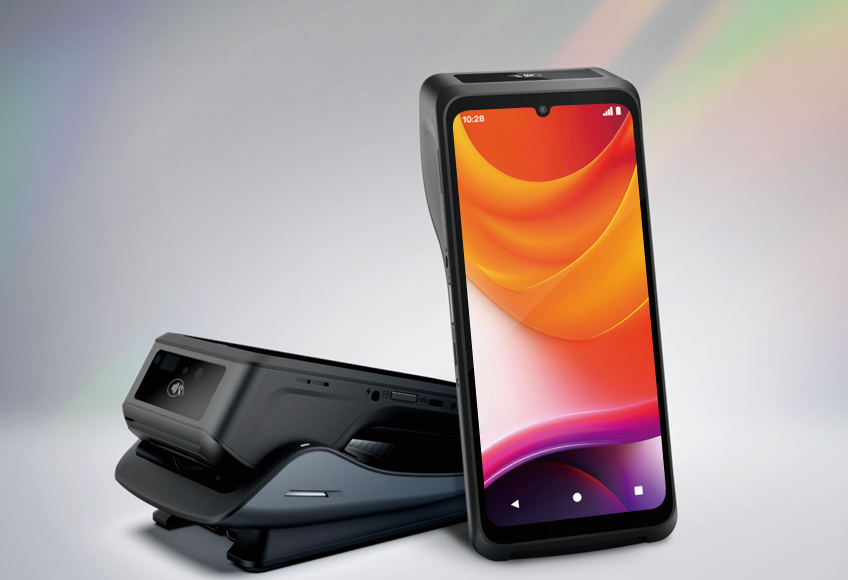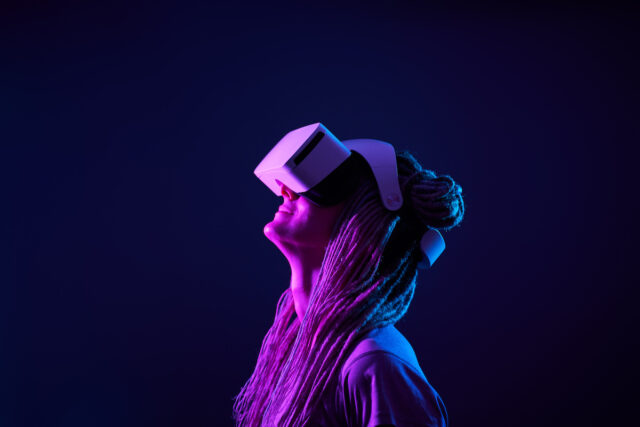April 14, 2025
Castles Technology discusses the future of retail payments and customer experience

After the recent hustle and bustle of the Retail Technology Show, CXM is doing the rounds talking to some of the companies we met at the show in more detail. This week, we sit down remotely with James Lotz, SVP of NW Europe for Castles Technology, exploring the future of the customer experience when it comes to the growing world of Android payment terminals.
How do you see the evolution of payment technology influencing customer experience in the coming years? Are there any emerging trends businesses should watch for?
At Castles Technology, we see payment technology becoming an even more integral part of the overall customer journey. It’s no longer just about completing a transaction—it’s about making that interaction seamless, secure, and even enjoyable. Emerging trends like biometric authentication, softPOS (turning smartphones into payment devices), and AI-driven checkout experiences are shaping a more intuitive and frictionless experience. Businesses should also watch for the growth of unified commerce delivering convenience and personalisation across every channel.
Can you share any statistics that highlight the role of digital payments in improving customer experience and engagement?
Absolutely. According to a recent study by McKinsey, 75% of consumers say they are more likely to return to retailers that offer fast, digital, and flexible payment options. In Europe, digital wallets and contactless card usage have doubled in the last three years. From our own experience at Castles Technology, we’ve seen our Android SmartPOS adoption increase over 60% year-on-year, especially among retailers prioritising customer loyalty and engagement through apps, rewards, and CRM integration at the point of sale.
Contactless payments have grown in popularity. How do you think this trend boosts the customer experience?
Contactless payments have revolutionized convenience mainly since Covid, which shown a huge jump. They’re faster, more hygienic, and perfectly aligned with the expectations of modern consumers who value speed and simplicity. One of our clients in the convenience retail sector reported a 40% reduction in checkout times after upgrading to our contactless-enabled Android terminals. In hospitality, another partner saw a 15% increase in tips after enabling table-side contactless payments—showing how frictionless experiences can directly impact both customer satisfaction and staff morale.
How is Castles Technology adapting to meet the demand for personalised payment solutions?
Personalisation is at the heart of our innovation roadmap. Our Android SmartPOS devices are designed to be modular, allowing merchants to integrate loyalty apps, custom-branded experiences, and even geolocation-based offers. For instance, a fast-growing quick service restaurant (QSR) chain using our terminals now delivers personalised discounts based on purchase history—right at checkout—resulting in a 25% lift in repeat visits.
Our open Android platform gives partners the flexibility to build tailored solutions that align perfectly with their brand and customer expectations. And our hardware can also be personalized with different colors matching with our customer’s brands if required.
How have customer expectations around retail payment solutions evolved in recent years? Are there any surprising shifts in behaviour businesses should be aware of?
Customers now expect payments to be as smooth as the product or service they’re buying. They want choice—be it card, wallet, QR code, or Buy Now, Pay Later (BNPL)—and they want it fast. One surprising shift we’ve seen is the rise of unattended payments—vending, kiosks, EV charging—driven by consumers’ desire for autonomy and 24/7 convenience.
Another trend example: consumers are increasingly security-conscious, favoring merchants who offer tokenized and biometric payment options. Businesses that ignore these expectations risk losing trust and loyalty.
These and other retail trends will keep businesses on their toes as consumers expect more from their digital payments, and businesses do more with their data to drive customer loyalty and engagement.



